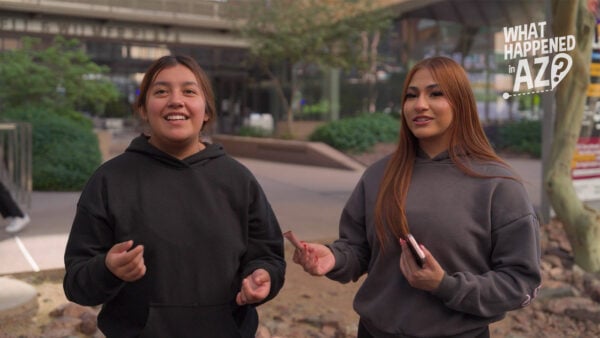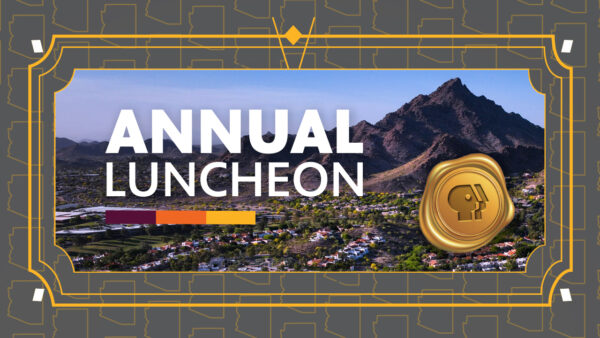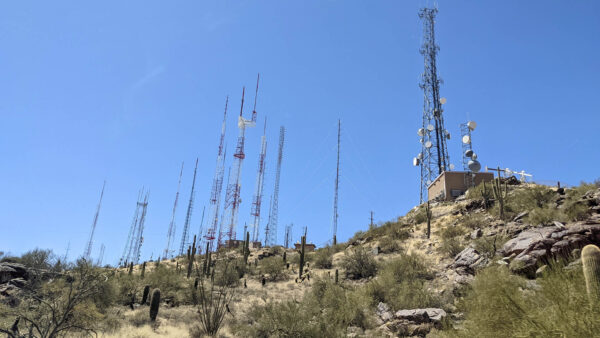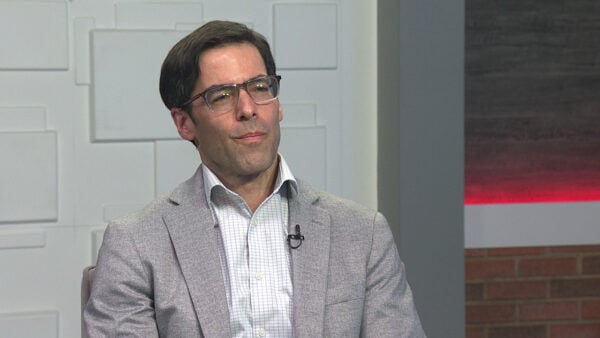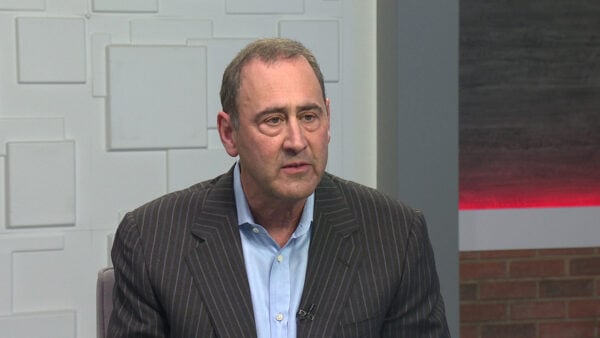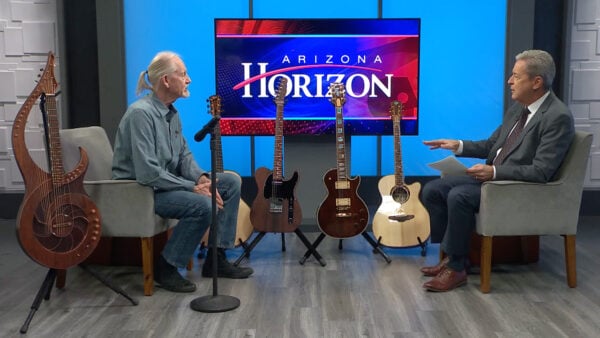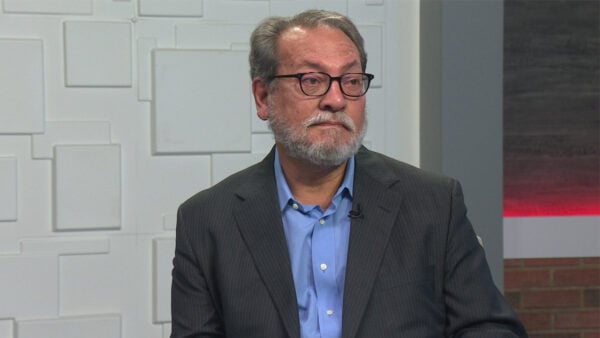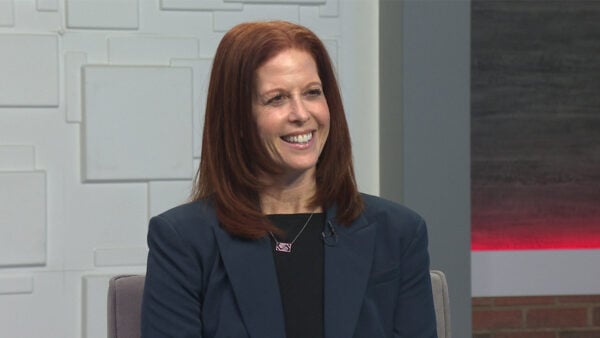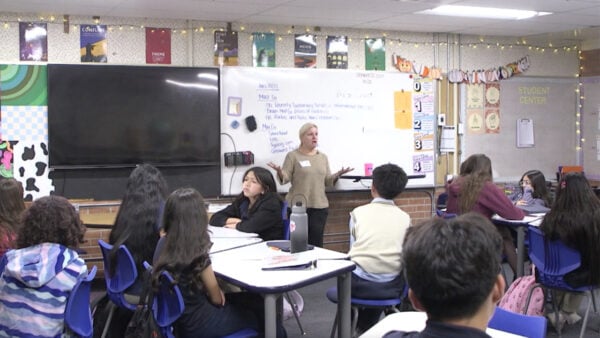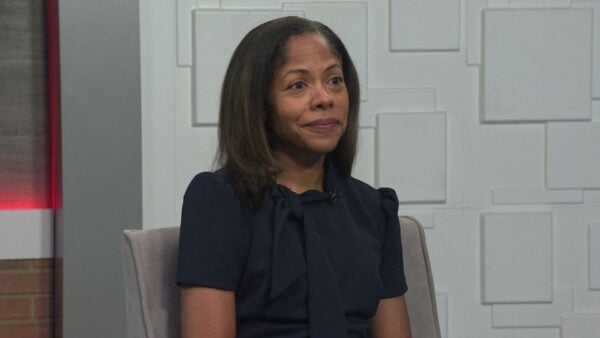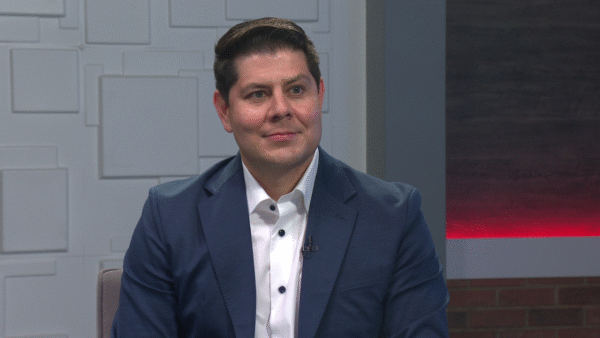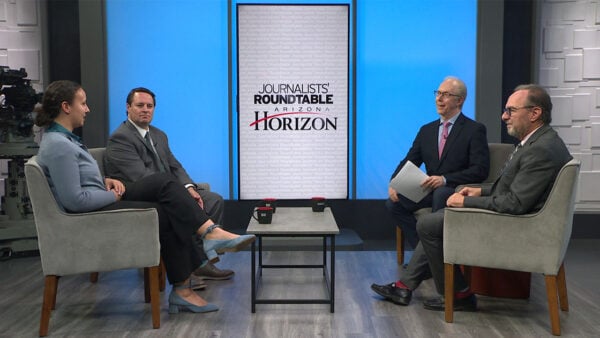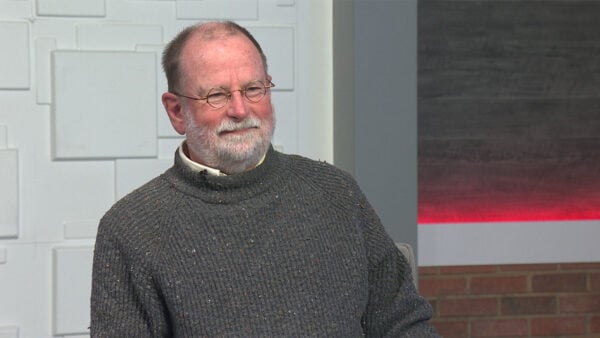The Arizona Republic wins Pulitzer Prize for border wall investigation
April 16, 2018
The Wall: Unknown Stories, Unintended Consequences, a project led by The Arizona Republic involving over 30 journalists to cover the border wall separating Mexico and the U.S., wins the Pulitzer Prize for explanatory journalism.
The project included virtual reality, aerial video, 360-degree video, documentary video, photos, podcasts, interactive maps and more than a dozen stories. The reporters covered all 2,000 miles that make up the border. They captured real stories of people dying in the desert as they make the hike from Mexico into Arizona. Aerial video and on-the-ground research were conducted from San Diego, Calif. to the Rio Grande Valley in Texas, and what they found was not what they were expecting.
“I was working with two reporters on a story about people dying in the desert…,” David Wallace, photographer and videographer for The Arizona Republic, says. “We’d been spending a lot of time in corridors where they cross and just through some really tenacious reporting we found Selene. We found out she was going to try to search for her brother who had been missing for a few weeks at that point. She allowed us to go out there on the day she searched… She was hoping to just find him, but I think she knew she was really searching for his body.”
Wallace says that story is a prime example of how they tried to put a human face on the border. They tried putting a spotlight on the people who live on the border and the people whose lives have become intertwined with the border like Selene’s. Selene is a Phoenix resident and U.S. citizen, and the older brother she was looking for was crossing into the U.S. illegally.
“My role in this project was to drive the whole extent of the border and not only document the different kind of border fencing that we saw but also talk to the people on the border,” Reporter for The Arizona Republic Laura Gomez says. “Those weren’t long interviews, I wasn’t spending a day or more with them. I was doing quick stops.”
Gomez asked the people who live along the border two main questions: 1) What does the border mean to you? 2) What are some of the misconceptions people have about the border? The first question was sometimes taken literally, as in the definition of a border, and others were taken more lightly, sharing their emotions to the current conflict.
“I’ve been to the border here in Arizona, but nowhere in Texas or New Mexico or California,” Gomez says. “You really see these different geographies. You see a place like San Diego and Tijuana that’s already really developed in terms of infrastructure. Then you see a place like the Big Bend National Park where there’s no signs of fencing. There’s not even border control there.”
Reporter for The Arizona Republic Dennis Wagner also explored all 2,000 miles of the border, but he saw it the way a bird does. He took a helicopter ride from the eastern tip of Texas to San Diego in 10 days. His mission was to make note of the landscape, fencing and illegal immigrants. Some things were expected like the 654 miles of actual fencing, with only 354 miles of that being pedestrian fencing. However, most of what he discovered he didn’t predict.
“I found a lot of answers that surprised me,” Wagner says. “For example, I thought this is going to be interesting because I’ll see a lot of immigrants crossing the border. We flew 2,000 miles over 10 days, never saw a single illegal immigrant crossing the border, never saw a border patrol pursuit, never saw smugglers.”
Wagner was figuring out the logistics and practicality of having the kind of wall that President Donald Trump is insisting. He was searching for answers to should a wall be built, where it should be build, what would be cost effective, what’s currently working and what kind of border security do we currently have.
“I think that when you talk about border security you can’t just have a simple answer because the different landscapes, the different communities that are involved, the different socioeconomic issues that you’re dealing with – all of those play into it,” Wagner says. “You just can’t say this will work, this won’t work. You have to look at the particular location and those dynamics.”
The Wall can be viewed and read at usatoday.com/border-wall.
